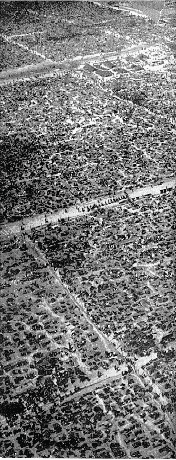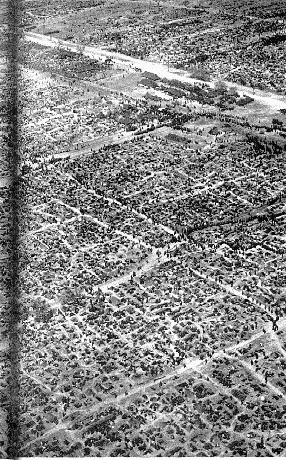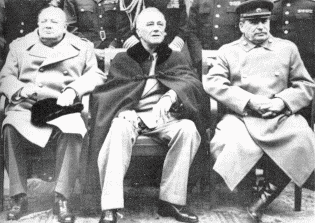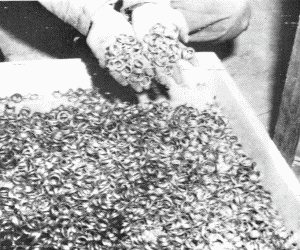The latrines were just logs flung over ditches next to the barbed wire fences. To sleep, all we could do was to dig out a hole in the ground with our hands, then cling together in the hole. We were crowded very close together. Because of illness, the men had to defecate on the ground. Soon, many of us were too weak to take off our trousers first. So our clothing was infected, and so was the mud where we had to walk and sit and lie down. There was no water at all at first, except the rain, then after a couple of weeks we could get a little water from a standpipe. But most of us had nothing to carry it in, so we could get only a few mouthfuls after hours of lining up, sometimes even through the night. We had to walk along between the holes on soft earth thrown up by the digging, so it was easy to fall into a hole, but hard to climb out. The rain was almost constant along that part of the Rhine that spring. More than half the days we had rain. More than half the days we had no food at all. On the rest, we got a little K ration. I could see from the package that they were giving us one tenth of the rations that they issued to their own men. So in the end we got perhaps five percent of a normal U.S. Army ration. I complained to the American camp commander that he was breaking the Geneva Convention, but he just said, "Forget the Convention. You haven't any rights."
Within a few days, some of the men who had gone healthy into the camp were dead. I saw our men dragging many dead bodies to the gate of the camp, where they were thrown loose on top of each other onto trucks, which took them away.
Charles von Luttichau quoted in James Bacque, Other losses: An investigation into the mass deaths of German prisoners at the hands of the French and Americans after World War II, General Paperbacks, Toronto, 1991, p. 38.
|
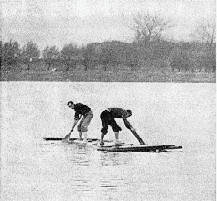
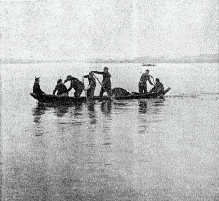
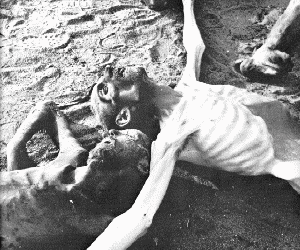 ###
###